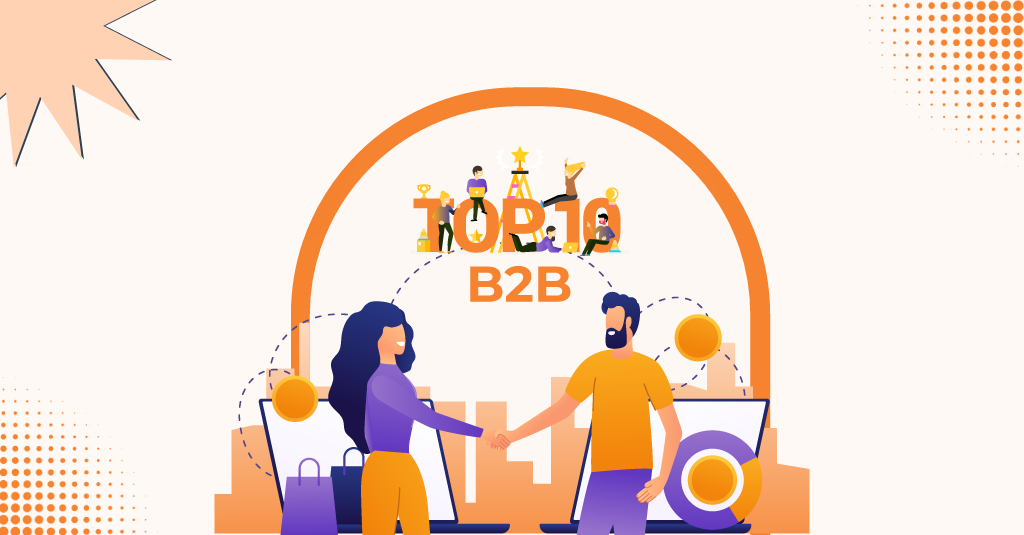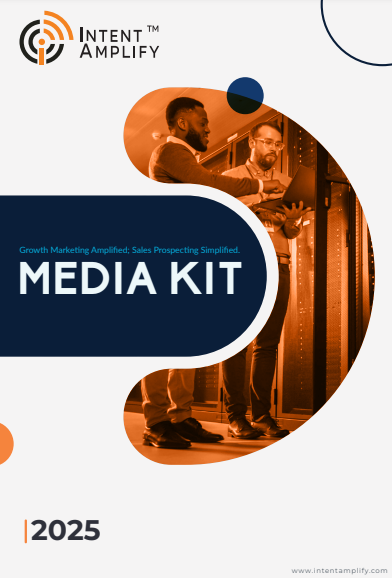
Top 10 B2B Prospecting Tips That Work for Lead Gen in 2025
- Last updated on: July 16, 2025
B2B prospecting advice in 2025 has turned the market upside down.
Mass emailing and cold calling is gradually fading away. Today’s B2B buyers are educated, informed, cautious, and constantly bombarded with sales outreach, making it harder than ever to stand out.
That’s why successful prospecting now demands precision, personalization, and the smart use of data.
If you’re still relying on outdated tactics, you’re not just falling behind; you’re leaving an open pipeline on the table.
In this article, we dissect the top 10 B2B prospecting tips that are effective in 2025. They’re not generic best practices. They’re actual, tried-and-tested strategies designed for modern B2B marketers and SDRs operating in a competitive US market.
Here are the top 10 Tips that Work in B2B Prospecting:
1. Prioritize Quality Over Quantity Using Intent Data
Spray-and-pray is dead. Gartner suggests that 60% of B2B sales organizations will transition from experience- and intuition-based selling to data-driven selling by 2025.
Intent signals, such as content downloads, keyword searches, or competitor comparisons, indicate which accounts are actively researching solutions like yours.
The key here is to align intent data with your Ideal Customer Profile (ICP) to avoid chasing unqualified leads.
2. Refresh and Refine Your ICP Quarterly
Buyer behavior is evolving at a rate unparalleled in history.
If your Ideal Customer Profile (ICP) hasn’t been updated in the last 90 days, there’s a high chance that it no longer accurately represents your most relevant or high-potential target accounts.
According to Martal, companies that maintain updated ICPs see a 27% faster profit growth and higher lead-to-opportunity conversion rates.
To ensure ICP currency, regularly monitor and follow:
- New technology adoption in your target sectors
- Shifts in job functions and decision-making structures inside buying companies
- Budget changes and redefinitions based on wider economic or sector-based trends
Adjusting your outreach and segmentation plan by these variables is to ensure that your message is timely, up-to-date, and current with today’s B2B buyers’ priorities.
3. Engage Buying Committees Through Multi-Threaded Outreach
Most modern B2B buying decisions don’t hinge on one person. Today’s buying committees are more complicated, with several roles having various priorities and influences.
The multiple-thread technique, where you reach out to several stakeholders across various functions, assists in tightening your footprint.
To implement this, identify who the key personas are, such as end users, technical evaluators, executive sponsors, and budget owners. Using tools such as LinkedIn Sales Navigator, map these personas and develop messaging that resonates with each stakeholder’s requirements.
For instance:
- CFOs need a compelling business case and quantifiable ROI.
- IT leaders prioritize integration, security, and scalability.
- End users are most concerned about functionality and usability.
The greater the number of voices you involve, the stronger your agreement becomes.
4. Combine Human Touch with AI-Powered Personalization
Technology has transformed outreach; however, without a human touch, your outreach will likely fall flat. The key is to use AI as a time-saving assistant, not a full substitute for human connection.
Begin with AI-assisted research and initial message creation. Then add your point of view, tone, and insight based on what you understand about the account.
Always review and edit AI-created content to make sure it’s accurate within context and resonates with your prospect’s actual needs.
Here’s an easy formula:
- Utilize AI for data gathering and message framing
- Add human insight to tailor the approach
- Carefully review for errors or irrelevance
This blended approach maximizes personalization without losing authenticity.
5. Take a Prospect-First Messaging Approach
In the current oversaturated B2B market, messaging focused on the product too often falls on deaf ears. Prospects need relevance, not a laundry list of features.
Moving to a buyer-centric message guarantees your outreach speaks most directly to the issue your audience is currently facing. This method starts with knowing the buyer’s context of the industry trends, priorities, and challenges.
Write messaging that forefronts their issue, not your solution. Frame your company as a guide, providing insights and answers instead of a sales pitch.
Have a look at this format:
- Identify a pain point that speaks to the role
- Share a useful insight or workable idea
- Connect your solution lightly to that insight
Empathy and relevance spur engagement—features are secondary.
6. Leverage LinkedIn Beyond Connection Requests
LinkedIn is at the top spot in the list of B2B prospecting channels in 2025. The prerequisite here is that it should be used effectively to get the desired results.
Don’t simply connect and pitch. Do this instead:
- Interact with your prospects’ posts regularly
- Post value-added content within your space
- Make use of polls, carousels, and short-form video to stay top-of-mind
Sales teams who use LinkedIn to create visibility and credibility have a 21% greater response rate than those who merely send DMs (LinkedIn Marketing Solutions, 2025).
Coldness loses out to consistency.
7. Time Your Outreach Using Buying Signals
Timing is critical in B2B prospecting. Calling at the appropriate time can be the difference between a warm discussion and a cold rejection.
When you contact a prospect immediately after a significant business event like a funding round, executive appointment, product release, or tech adoption, your message stands to be heard and converted.
Typical buying signals to track include:
- Funding rounds (Series A, B, etc.)
- Leadership or strategic recruitment (CROs, CMOs, CTOs)
- New product launches or expansion into new regions
- Implementation of new technologies or tools
- Changes in hiring trends or job postings
With intent data platforms or real-time alerts from sources such as Crunchbase, SalesIntel, or UserGems, you get to be ahead of the game. Outreach perfectly synchronized with these signals comes across as more timely and personalized interactions.
8. Build Trust With Valuable First Touches
Your original outreach isn’t really about booking a meeting; it’s about ear-catching potential customers, and earning trust. In today’s prospecting mix of amazing and forecast difficulties people are being faced with, only going value-first makes it easier to stand out and prove your relevance upfront.
Do not immediately go into selling mode in the initial interaction with your prospect. Instead, spend that interaction offering them something useful, informative, or provocative. This will demonstrate that you have paid attention to their world and have written with intention, not just because you are hoping for a response.
Effective first-touch tactics include:
- Sharing a relevant blog post, industry report, or eBook
- Referencing a recent event, company milestone, or mutual connection
- Asking a thoughtful, open-ended question that sparks conversation
When your initial message values relevance above agenda, you begin to establish credibility and get the tone right for a value-based, respectful conversation.
9. Employ a Multi-Channel Approach to Maximize Conversion Potential
Dependence on a single communication channel (email) greatly restricts your capability of engaging with today’s B2B buyers.
The best prospecting methods in 2025 are multi-channel in nature, integrating email, phone, and social media to establish awareness and drive interaction across touchpoints.
A well-crafted multi-channel sequence might look like:
- Day 1: Customized email outlining your value proposition
- Day 3: InMail connection request on LinkedIn accompanied by a short, applicable note
- Day 5: Phone call follow-up with voicemail, if not answered
- Day 7: Value-add email with a case study or relevant information
- Day 10: Social media engagement combined with a follow-up message
Strategic presence on multiple channels reinforces your message and improves conversion rates.
10. Monitor Metrics That Reflect Actual Prospecting Success
In today’s success-driven landscape, open rates are no longer a solid measure of prospecting. Features such as Apple Mail Privacy Protection and Gmail auto-opens can fluff metrics and create a false working picture for teams.
In order to understand what is actually working, modern sales teams need to look at other more appropriate key performance indicators linked to outcomes.
A few examples of key performance indicators include:
– Email and call response rates
– Appointments that are being booked directly from our outreach
– Opportunities created from outbound efforts
– Conversion rates by channel
– Time to the first touch for a contact after the initial contact
Today’s CRMs and sales engagement platforms, including Outreach, Groove, and HubSpot’s Sales Hub, provide considerable analytics to help provide the insites mentioned.
Final Thoughts: Prospecting in 2025 Is Smarter, Not Louder
The B2B buying process has transformed, now your prospecting process must as well. You’re not only trying to ‘get in front’ of a lead; you’re trying to spark a meaningful conversation. By prioritizing precision, personalization, and persistence, you will not only generate more leads, but the right leads as well. The future of B2B sales is not about who can write the most emails, but who can build trust the quickest.
Prospecting in 2025 is an art of insight, timing, and empathy; if you practice your prospecting approach well, your pipeline will reward you.
FAQs
1. Why is a multi-channel approach more effective in 2025?
Using email alone is no longer enough. Combining email, LinkedIn, and phone outreach increases your visibility and credibility. Multi-channel sequences increase engagement by ensuring your message reaches prospects through the medium they prefer and follow-up message
2. What are the best platforms for tracking buying signals?
Tools such as Crunchbase, SalesIntel, UserGems, and LinkedIn Sales Navigator are great for discovering trigger events—such as funding rounds, leadership shifts, or technology stack refreshes—that signal a company is likely in a buying cycle.
3. What is multi-threaded outreach, and why is it important?
Multi-threaded outreach involves contacting many stakeholders in one account—end users, technical reviewers, and executive buyers. This creates internal momentum, raises visibility, and lowers the chances of deals falling apart because of single-point contact failure.
4. Why is B2B prospecting unique in 2025 versus three years ago?
B2B prospecting in 2025 is not high-volume, generic anymore. Buyers today are better-informed, more discerning, and more data-savvy. Effective prospecting now requires hyper-personalized messaging, timing that coincides with actual buyer signals, and AI and intent data-powered tools to enhance engagement.
5. How frequently must we refresh our Ideal Customer Profile (ICP)?
Quarterly. Buyer needs and market conditions change quickly, and stale ICPs create wasted outreach. Update your ICP every 90 days to account for changes in technology adoption, decision-maker positions, budget cycles, and new buyer behavior trends.



